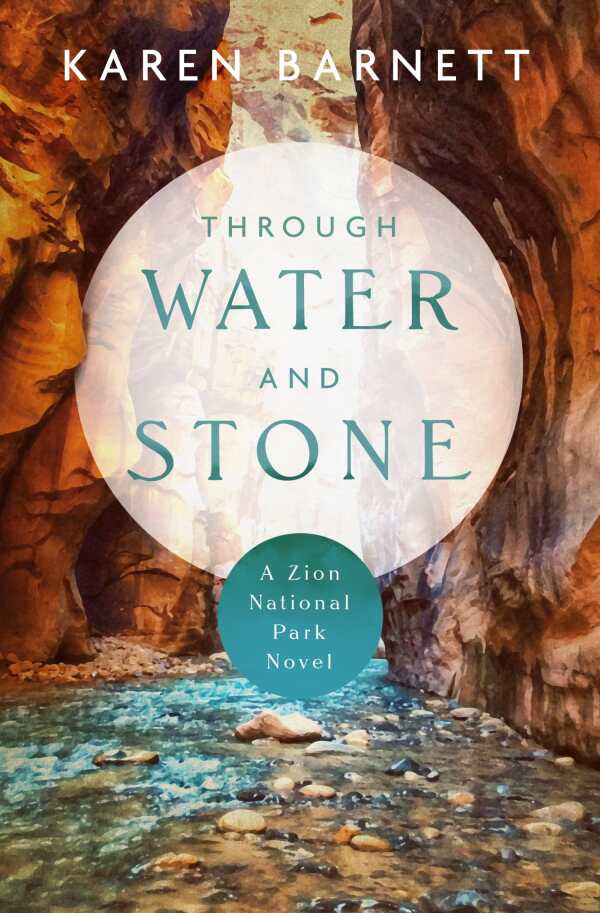Through Water and Stone
A Zion National Park Novel
In Karen Barnett’s arresting historical novel Through Water and Stone, a Christian family’s adoption leads to a deeper perspective on God’s provisions.
In the 1940s, Henry, a Zion National Park ranger, is married to Alma. There are rich descriptions of Zion’s acreage and sandstone cliffs to flesh out their background—earthly reminders of God’s grandeur and steadfastness. Alma, a Swedish-inspired painter, draws from the cliff’s colors for her work. But after they lose their infant son during a flash flood, Henry discovers an abandoned baby. He and Alma adopt the baby, and speculations that the boy was abducted follow.
In the present, Talia, Henry and Alma’s great-granddaughter, is a marketer for an athleisure clothing company. When she’s fired for whistleblowing, she takes a summer job at Zion’s gift shop and returns to her grandfather’s home. She meets Blake, an Afghanistan War veteran and law enforcement ranger whose troubled past contends with his romantic interest in Talia. Still, while they’re hiking, Blake and Talia learn to embrace their challenges together.
Across alternating timelines, uncertainties are explored. As Henry and Alma face the investigation into the baby’s birth mother, they rely on God, despite their fear of facing further grief. And while Talia reckons with her next career steps, she takes a DNA test on a whim, thus obliging her to maintain her faith despite questions about the family she grew up with.
Moving toward refreshed hope, the heartwarming historical novel Through Water and Stone is about the powers of lineage and love—forces that converge as a woman explores her family’s past.
Reviewed by
Karen Rigby
Disclosure: This article is not an endorsement, but a review. The publisher of this book provided free copies of the book to have their book reviewed by a professional reviewer. No fee was paid by the publisher for this review. Foreword Reviews only recommends books that we love. Foreword Magazine, Inc. is disclosing this in accordance with the Federal Trade Commission’s 16 CFR, Part 255.

